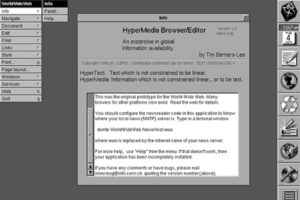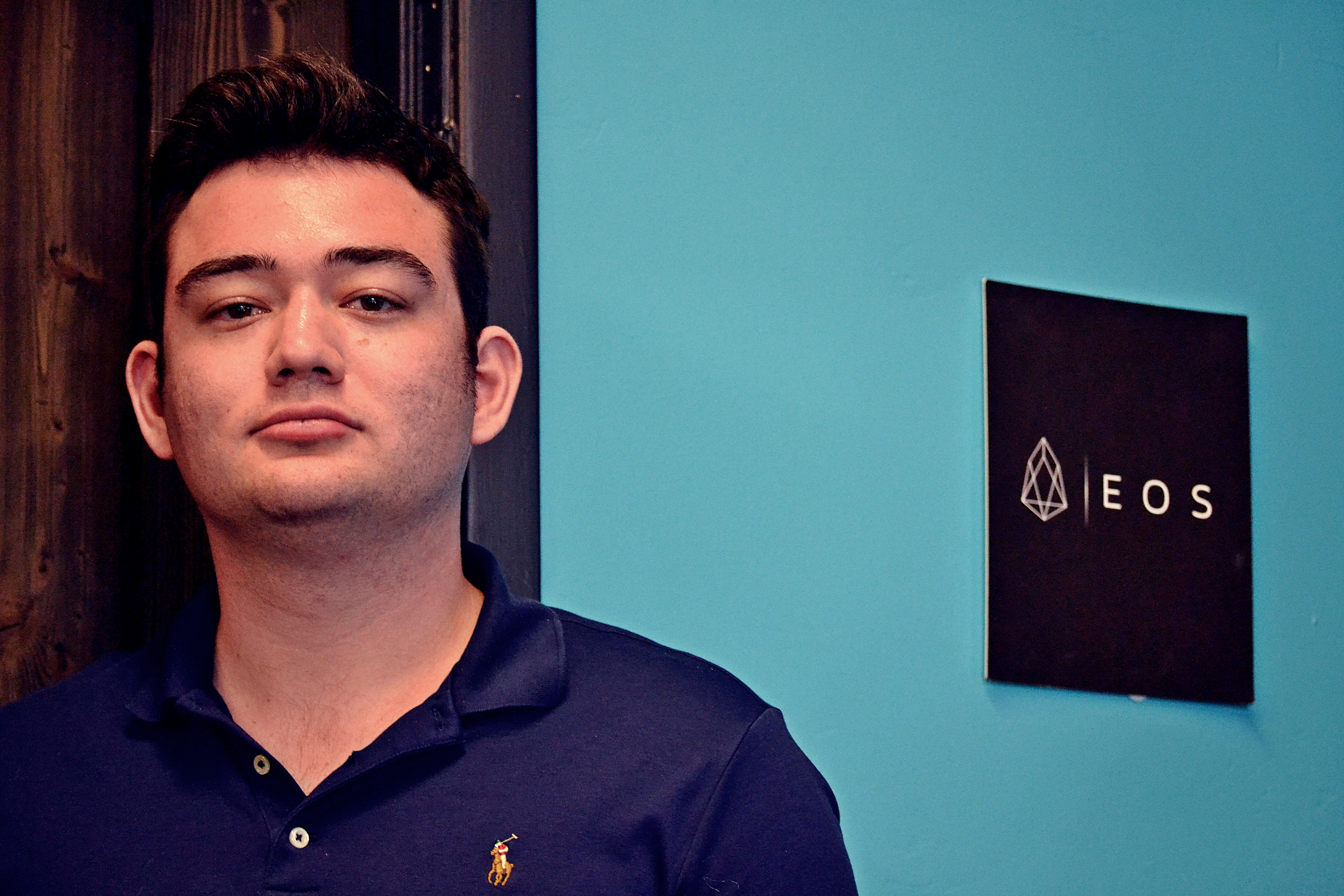“… Web 3.0, promises to return the internet to the hands of users. This movement utilizes advances in peer-to-peer (p2p) technology like blockchains to build services that protect users over profits.” – Forbes magazine, October 2018
“People will cross the bridge to Web 3.0 if we help them. It’s our responsibility as a community to help people cross the bridge from Web 2 to Web 3. By coming together, sharing insights, sharing best practices, we can take the blockchain UX from a beautiful mess to just beautiful.” – Nick Casares, NYC Blockchain Week, May, 2019
There are approximately 7,000 Google searches each month for the term “Web 3.0”. That’s a lot of curiosity.
Not surprising considering prognosticators have been predicting the arrival of Web 3.0 since at least 2007.
Some anxiously await Web 3.0’s stronger security features; others anticipate its commitment to online privacy. Some predict AI will dominate Web 3.0, while others see it as a “complete reinvention of the web.”
Wow!
Regardless of which Web 3.0 features will prevail, I think it’s vital that we in the development and design communities come together right now to collectively take charge of the look and feel of Web 3.0.
Sound ambitious? Maybe, but – thanks to blockchain technology and the flood of “decentralized applications” (DApps) now available – we are in an unprecedented position to transform Web 3.0 into a fully user-focused experience.
Past is Prologue: Web 1 and 2
Let’s conduct a quick history lesson to understand how we got here.
Most digital archivists credit British physicist Tim Berners-Lee with introducing the first browser, WorldWideWeb, around 1990.

Caption: HyperMedia Browser, Credits Web Design Museum
Berners-Lee’s browser was a no-nonsense tool that, for all intents and purposes, introduced Web 1.0. It also gave birth to primitive browsers, such as Mosaic and Internet Explorer, while paving the way to the creation of CSS, HTML, and Javascript – all of which enhanced user experience.
Web 2.0, which was introduced around 2000, continued this innovation by leveraging high-speed internet connectivity, faster processors and highly-pixelated monitors. These innovations enabled the dev and design communities to create websites that were more human-friendly, functional and accessible.
Although introduced nearly two decades ago, Web 2.0 continues to shape most of our day-to-day online experiences. For instance, when we visit a site and see three dots and an arrow attached to an image, we know it signifies pagination or a carousel.
When we see a button, we know it’s a button (regardless of how many artistic liberties a designer takes).
These innovations remain popular, but they have run their course. It’s time for Web 3.0 and fresh innovations.
Paving the Way for Web 3.0
As far as Web 3.0, all signs point to an experience that will be user-focused. Users will be in control of their accounts, data, transactions and identities and more.
This is why the time is right for design and dev professionals to come together to ensure Web 3.0 lives up to its full potential.
We can do this by fully leveraging the blockchain technology and DApps now available to create an internet that offers new patterns, flows, and experiences.
Admittedly, some housecleaning is in order. Even though a decade after being introduced, blockchain continues to catch fire, many DApps – decentralized, blockchain-based applications – still need refinement.
The Missteps of Transactions
“People ignore design that ignores people.” – Frank Chimero
2018 saw the introduction of a record number of new DApps, but the majority of them underwhelmed users. One study found that out of more than 1,600 new DApps launched last year, only a small percentage gained traction. The reasons were many – funding issues, tech issues, etc. – but the study’s overall finding was revealing: “ … for the DApp market to achieve a higher rate of adoption, these projects must focus on the customer journey, and focusing on the user experience.”
This comes as no surprise. Most DApps – in their current state – are a beautiful mess. Many lack intuitive and efficient design and continuity.
Look at the hurdles needed to process the average crypto transaction. It’s an obstacle course requiring digital wallets, integrated services, “gassing” and/or “staking”, and various external services. Each DApp along the way has a different look and feel. Users may be asked to integrate with a wallet, scan a QR code, enter your address, or connect to third-party service – all just to complete a single transaction.
Compare this to the simplicity of a single traditional online transaction. Direct payments are processed through a credit card; external payments go through third parties, such as PayPal, Apple Pay or Plaid. Both are completed with a click or two. That’s it.
No friction.
In designing DApps, we have gotten away from thinking of the user first. We’ve created a universe with needless layers of services, weird jargon and undefined processes and fees.
The Pathway to Web3 For All
But we can learn from the past. We can identify – and eliminate – the friction that currently frustrates DApp users and hamstrings the average blockchain experience.
The future of Web 3.0 is in our collective hands. We in dev and design are in the ideal position to come together and transparently collaborate to solve the usability problems that now hamper DApps. If we work together, we can get it right, ensuring Web 3.0 delivers a more meaningful and effective user experience.
I’ve recently reached out to other designers and developers to create Web3 For All (W3FA), which will serve as a community-run foundation, think-tank, and initiative dedicated to solving the usability problems that plague our current generation of DApps.
The goal is simple: Bring together the best interface designers, DApp developers, usability experts, UX researchers to build a community committed to launching a robust, front-end design framework to tackle both current challenges and lay the groundwork for a better Web 3.0.
By working together, we can create the visual, communicative, and experiential thread needed to weave a more perfect decentralized application ecosystem together going forward.
What to be part of W3FA and the Web 3.0 revolution? If so, I’d love to hear from you. Drop me a line at Cody@Polyient.io.

Cody Robertson is the Creative Director for Polyient Labs, where he oversees the creative direction and brand strategy for Polyient and its portfolio clients. Prior to joining Polyient, he served in senior creative roles at various blockchain startups and agencies in LA, Phoenix and NYC . You can follow Cody on social media @Mackody or find his works on Dribbble.


